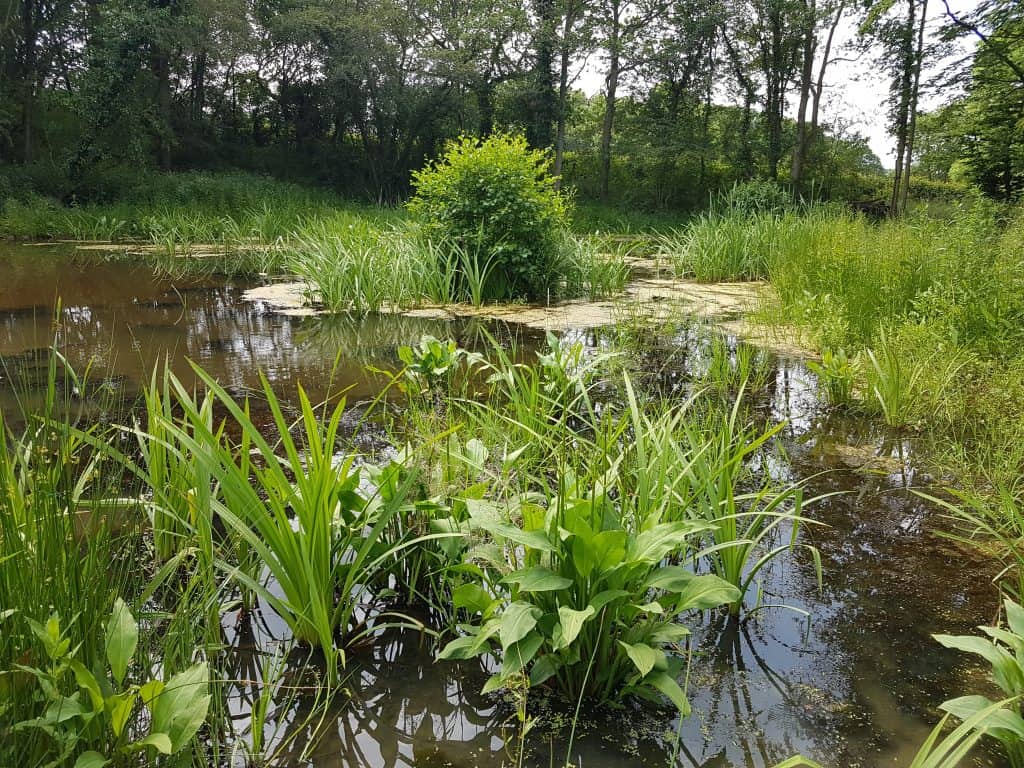Natural Flood Management (NFM) is a pioneering technique that imitates natural processes to reduce flood risk downstream. Working with 10 local landowners, we implemented NFM measures across four sites to help reduce flood risk and protect communities.
This project was delivered with funding from the EU Interreg North Sea FRAMES project, Maidstone Borough Council, Defra and the Environment Agency. It is part of a programme of Natural Flood Management projects being delivered through the Medway Flood Partnership across the Medway catchment to help improve our understanding of these techniques, manage flood risk and deliver wider environmental benefits.










